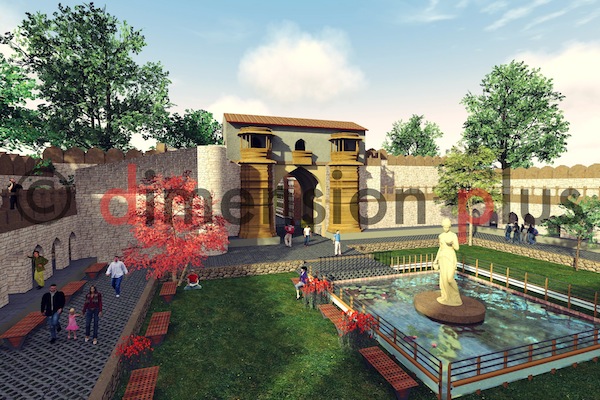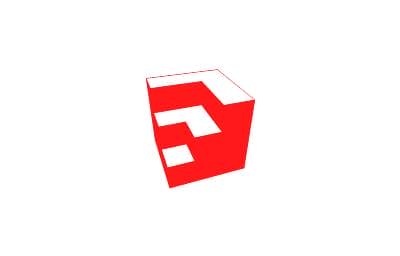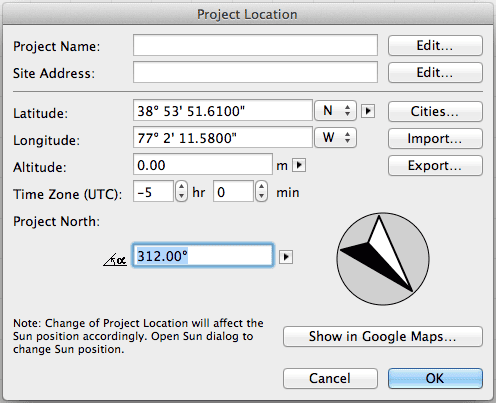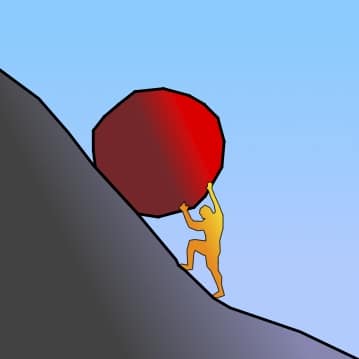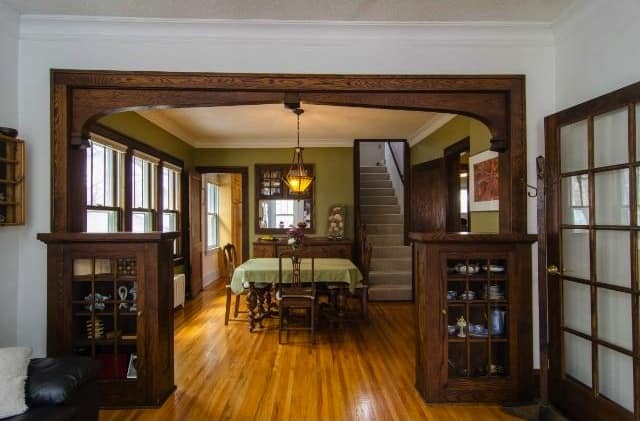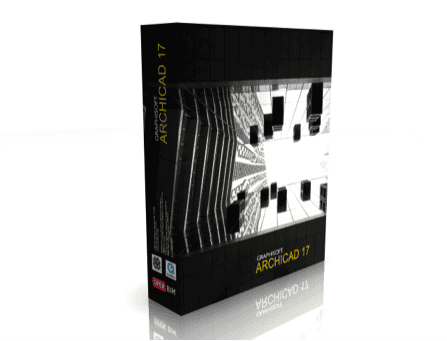
GRAPHISOFT Ships ArchiCAD 17
BUDAPEST, June 11, 2013 — GRAPHISOFT®, the global leader in Building Information Modeling (BIM) solutions for architects, announced today that ArchiCAD® 17’s global rollout process has begun. Shipping starts with the International, US, and German versions — the first three of 26 local versions that, according to a busy release schedule, will all reach the market by the end of Q3 2013. For specific shipping dates in the various markets,

